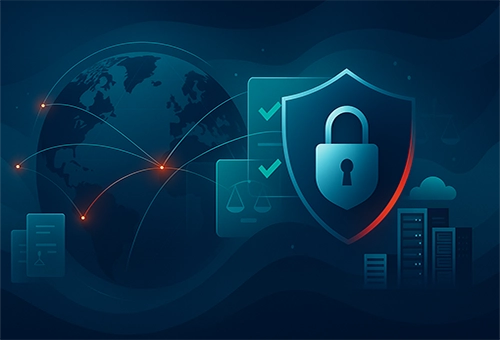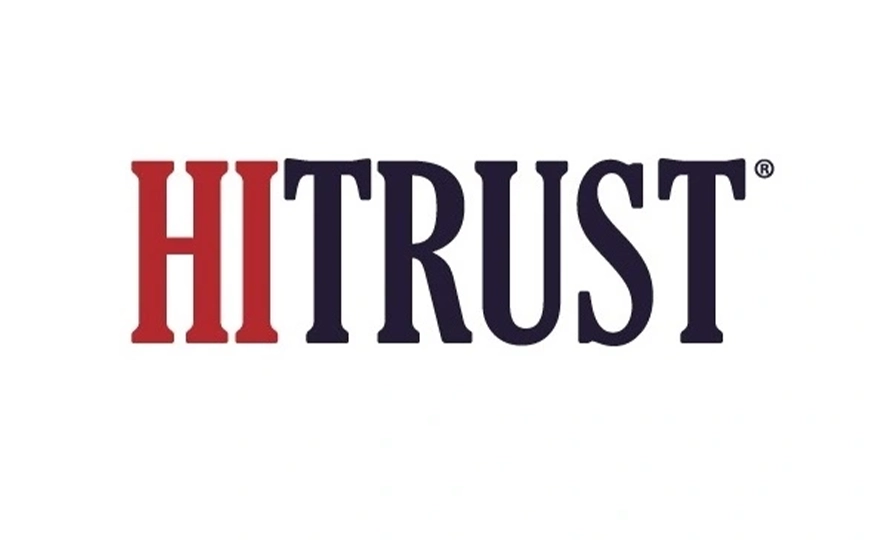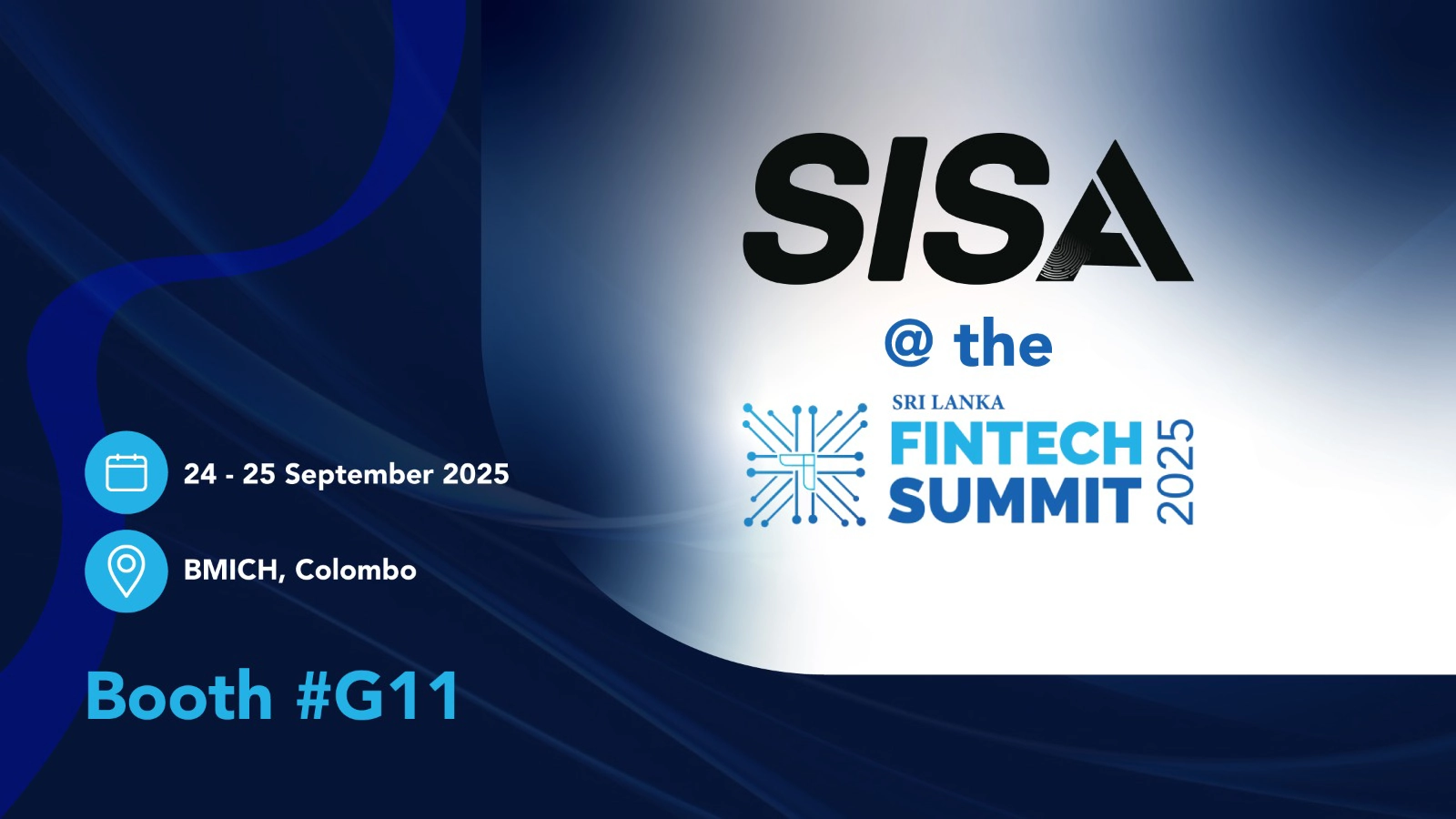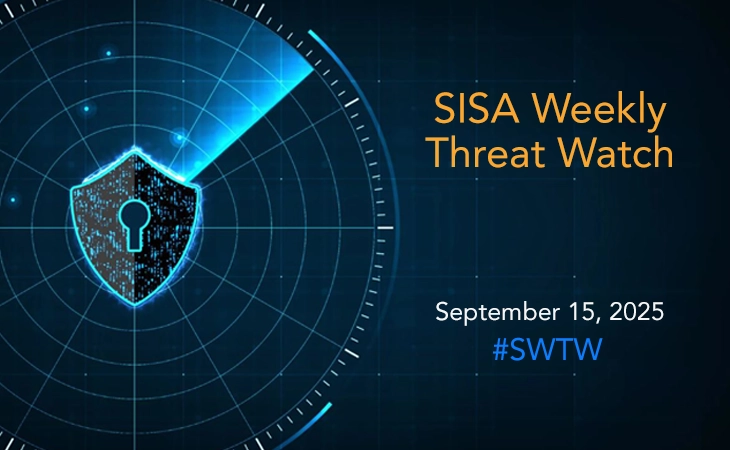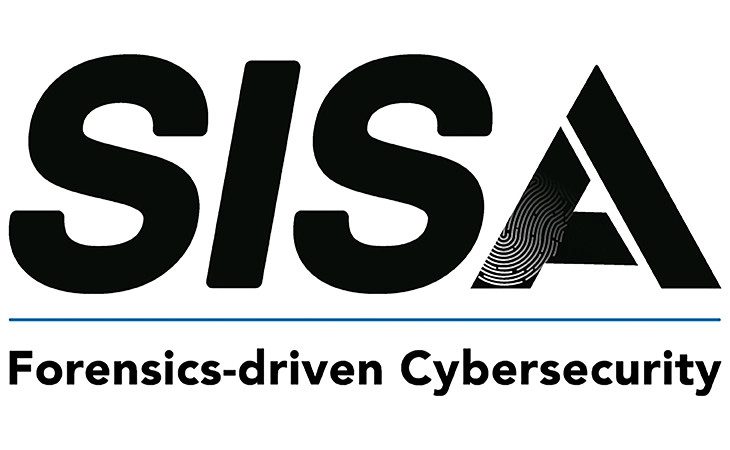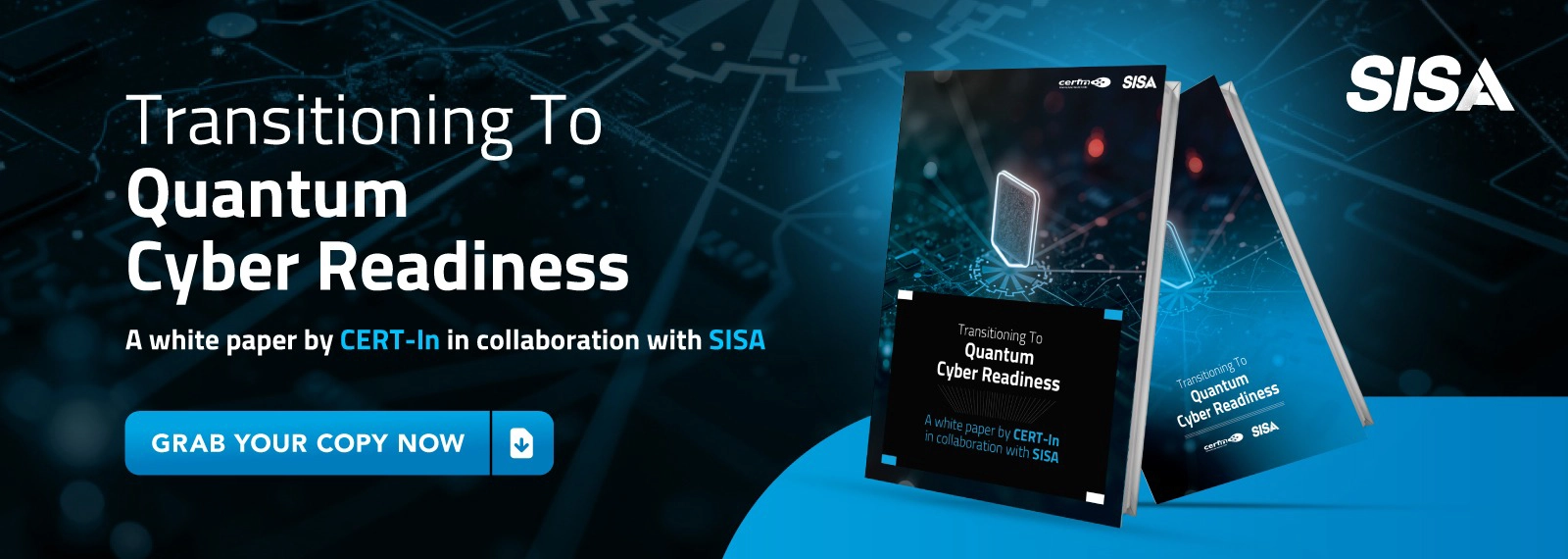Building the
Quantum-Ready Enterprise
with SISA
Why You Need Quantum Security Now
How SISA Prepares You for the Quantum Shift
SISA Quantum Training
Identifying high-risk systems
Building a business-case for migration
Developing a post-quantum readiness blueprint
Ensuring regulatory and audit alignment
Strengthening cryptographic monitoring & assurance
SISA Quantum Risk Assessment
Cryptographic Inventory Report
Risk Assessment report and Remediation plan
Executive Summary Report
SISA Quantum Migration Consulting
With Quantum Migration Consulting (QMC), enterprises can confidently transition to hybrid and PQC algorithms. The service ensures resilient, compliant, and future-ready security, backed by global best practices and the proven expertise of SISA. Once the Quantum Migration process has been completed, organizations can expect a detailed report on:
Migration Strategy Document
Final PQC Execution Plan Document
PQC Compliance Report
Why SISA?
With two decades of forensics-driven cybersecurity leadership in digital payments, SISA brings unmatched depth in regulation, cryptography, and resilience. As the quantum era approaches, we enable enterprises to assess, prepare, and migrate with confidence.
Our three-pronged quantum security solution stack ensures organizations move beyond awareness to decisive action, strengthening compliance, building resilience, and securing trust for the long term.
World’s First ANAB-Accredited Certification
Pioneers of the only ANAB-recognized program in quantum security, establishing unmatched global credibility.
Standards-Aligned Expertise
Guided by NIST, ISO, ETSI, and PCI, ensuring globally compliant quantum security outcomes.
Proven Cybersecurity Legacy
Nearly two decades of leadership in payments security, digital forensics, compliance, and resilience across regulated industries.
Expert-Led, Actionable Outcomes
Cryptography specialists deliver risk-prioritized strategies tailored to business criticality, not vendor bias or automation scripts.
Guided Resilience for Quantum Migration
Guidance on rollback strategies, phased execution, and adoption playbooks to help organizations transition smoothly to quantum-safe security.
Frequently Asked Questions (FAQs)
1What problem does CQSP certification solve?
Most enterprises lack visibility, leadership clarity, and alignment for quantum security. CQSP solves this by offering a centralized, board-to-engineer roadmap that connects business, compliance, and technical execution.
2How is CQSP delivered?
CQSP is delivered in a 16-hour format with onsite/offsite workshops, documentation kits, team training, and an executive presentation.
3What can your team achieve after CQSP training?
a. Post-quantum readiness blueprint
b. Identified high-risk systems
c. Business-case for migration
d. Internal knowledge uplift
e. Regulatory and audit alignment
4What cryptographic standards and references does CQSP align with?
CQSP training aligns with the following global standards shaping quantum security:
• NIST - Standardizing post-quantum cryptographic algorithms
• IEEE - Developing technology and security standards for quantum computing
• ETSI - Advancing quantum-safe cryptography for telecom and cybersecurity
• ISO - Establishing international cryptographic standards for quantum security
• IETF - Ensuring quantum-safe internet security protocols
5Why is QRA important now?
Quantum risk isn’t a future problem, it’s already unfolding today as attackers exploit Harvest Now, Decrypt Later (HNDL) tactics. While regulators haven’t enforced quantum-safe mandates yet, delays will only drive-up cost, complexity, and exposure. Conducting a Quantum Risk Assessment (QRA) now equips organizations with a clear migration plan to identify high-risk systems, align with emerging standards, and ensure business continuity. Acting early turns compliance pressure into a competitive advantage.
6Which areas of organization will be assessed?
a. Network
b. Server (OS)
c. Apps (Web / API / Backend)
d. Devices (Routers, Firewalls)
e. Public Key Infrastructure
f. Hardware Security Module (HSM)
g. Key Management Systems (KMS)
7How is the assessment conducted?
Through a combination of automated crypto discovery tools, manual analysis, interviews with IT/security teams, and guided workshops via onsite, offsite and hybrid engagements.
8What’s the output of a QRA?
a. Cryptographic Inventory Report
b. Risk Assessment report and Remediation plan
c. Executive Summary Report
9What happens after the QRA evaluation?
You’ll receive a plan for prioritized PQC migration, including suggested pilot targets, training areas, and tooling options. Post the QRA evaluation, organizations can opt for SISA’s Quantum migration consultations or prepare themselves for Quantum migration.
10 What is the goal of a migration project?
To ensure your organization’s data, communication channels, and applications remain secure and functional in a post-quantum world.
11 What systems can be migrated?
a. Network
b. Server (OS)
c. Apps (Web / API / Backend)
d. Devices (Routers, Firewalls)
e. Public Key Infrastructure
f. Hardware Security Module (HSM)
g. Key Management Systems (KMS)
 USA
USA India
India APAC
APAC Middle East
Middle East Global
Global
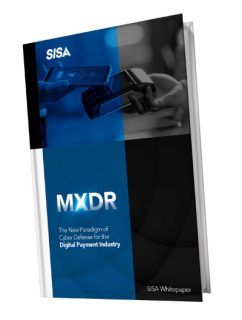
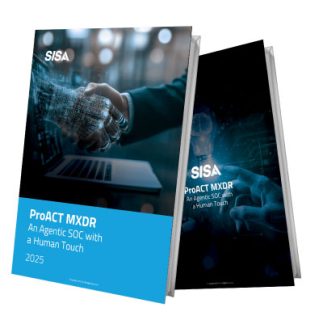
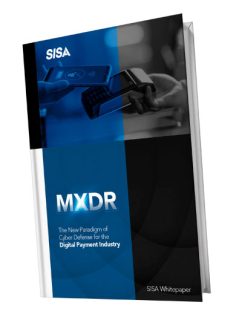

 Facebook
Facebook Linkedin
Linkedin  X
X Youtube
Youtube
